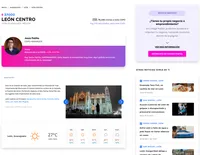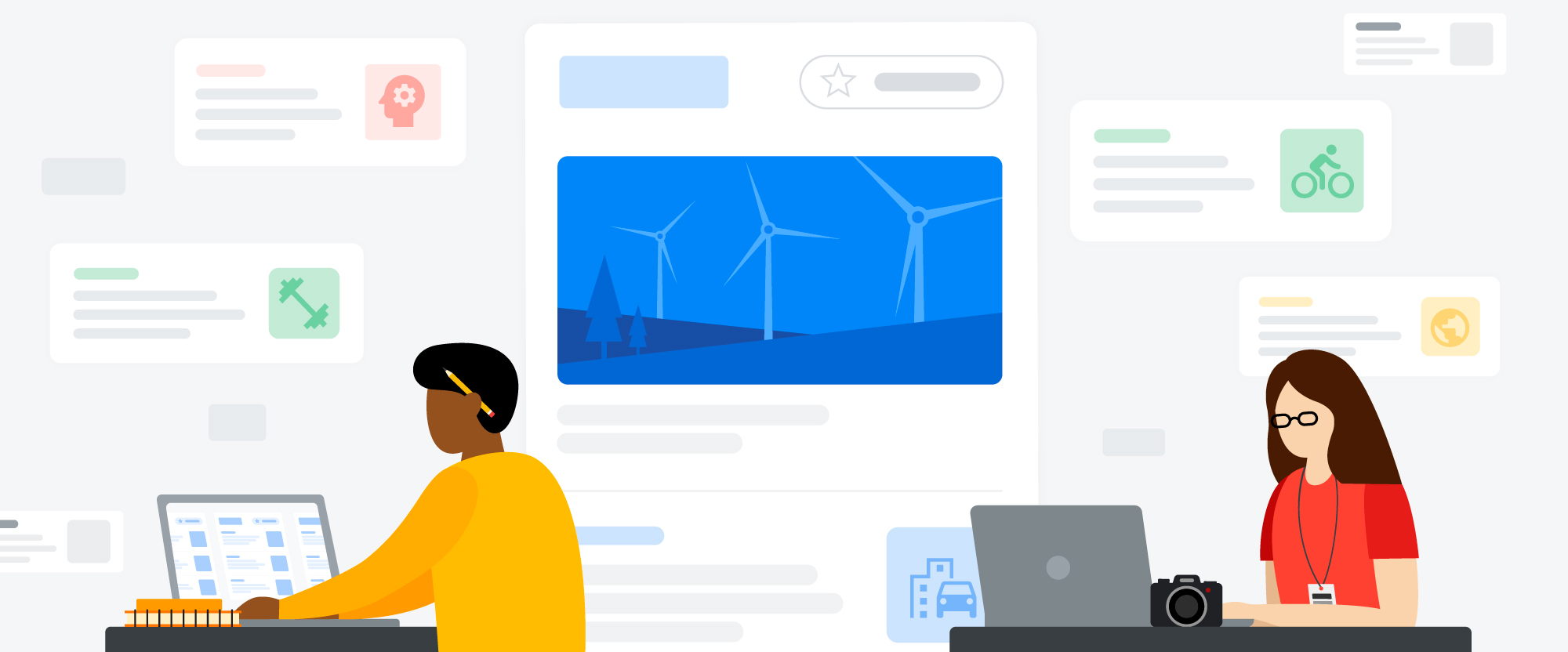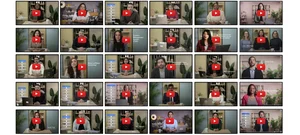What we learned from launching a hyperlocal news brand

Editor’s note from Ludovic Blecher, Head of Google News Initiative Innovation: The GNI Innovation Challenge is designed to stimulate forward-thinking ideas for the news industry. The story below by Enrique A. Gómez, COO at Grupo AM and project lead of CodigoPostal.com, is part of an innovator series sharing inspiring stories and lessons from funded projects.
In early 2020, a small team within Grupo AM – the leading news company in the Bajío region of Mexico – set out to build a brand new hyperlocal news product. With CodigoPostal.com they aimed to provide trusted independent local news from a variety of sources in one place.
To do this, the CodigoPostal.com content management system (CMS) was to be different from off-the-shelf products, in that it was centered around geographic location (postal codes) as a way of organizing information. It enabled the creation of what we called CoPos, subsections of the main news website that served specific communities within large urban centers.
CoPos, which was a recipient of the 2019 Google News Initiative Latin America Innovation Challenge, contained not only original content, but also aggregated articles from traditional news sources – including Grupo AM’s brands – combined with useful local information such as COVID-related data, weather, business listings and events.
The culmination of this initial phase of the project’s efforts came in 2021 when our team published 140 original pieces and several daily newsletters each week. This entailed aggregating over 600 local news articles using human-assisted Artificial Intelligence (AI) sorting (i.e. matching content to postal code using machine learning and swipe-based user experience), and creating over 200 machine-generated articles in three different subject matters. The CMS also delivered automated email newsletters based on users’ postal codes.
Thinking back through the CodigoPostal.com journey, it’s surprising how different it all looks today versus when we started. It was both surprisingly manageable to develop this project in a fully-remote setup, and also, incredibly hard to focus and communicate when everyone was working from home. We were able to do a great deal in a very small period of time (and in the middle of a global pandemic), a reflection of the work and dedication of our core team of five developers, a handful of full-time journalists and a bunch of interns.
These are some of the CodigoPostal team.

Many of the things we thought would be difficult and complex – technical product development, algorithms, machine learning – turned out to be fairly straightforward. What we thought was in our wheelhouse – launching a news brand and growing audiences across geographies – became the real challenge. And we learned a few lessons along the way
Top Five Lessons
- The most important thing in a news startup is to understand how your product will meet consumers' needs as quickly as possible. We placed too much trust in tech to be our key differentiator. While it did enable us to reach dozens of communities very quickly, it didn’t guarantee that users in those communities would stay and engage with our brand.
- Because of #1, buy vs. build is a moot point. Off-the-shelf tools can be adapted to fit most editorial and business needs. Invest in audience development and editorial experimentation first, and as your audience grows, explore if a custom tech solution is the right investment to accelerate growth.
- The product development approaches work for editorial teams too. Finding ways to best serve audiences at scale forced us to experiment with content types, topics, and formats. We learned that methodologies used by the product team could work on the editorial side. The biweekly sprint and user story tools helped us develop, launch and measure new content ideas quickly.
- Algorithms and humans make a great team in service journalism. When we combined the powers of both the AI and our staff around the topics of jobs and employment, it became possible to personalize and tailor content to each CoPo. Human editors published content focused on skill-building for job searchers, which we published next to machine-generated articles with aggregated listings from other recruitment sites. This helped us reach a scale we wouldn’t have been able to otherwise.
- Editorial and product teams can learn a lot from each other. We focused on cross-pollination of skills, with short, daily data-focused meetings to review progress and share lessons among the web editors, and gaining a broader understanding of how user and product data plays into content creation and editorial strategies, especially in soft news.
Measurable outcomes
The legacy of CodigoPostal.com at Grupo AM is that our very first product and editorial laboratory has measurable outcomes: we grew our audience from scratch in July 2020 to more than 400,000 users today, with a peak of nearly 100,000 monthly active users in January 2021.
We were able to apply the tools we developed for this project to our main site, AM.com.mx. The user registration system we built for CodigoPostal.com became the foundation for AM's registration wall, which allowed us to grow our database of known users from about 25,000 (which took two years to grow) to over 50,000 users in just six months, exceeding our expectations.
Ultimately, creating CodigoPostal.com led us to apply some best practices from the product world to our constantly evolving journalistic workflows, and taught us to not be afraid to leverage technology to make it easier and faster to better serve our growing audience.
Our participation in GNI's Innovation Challenge led Grupo AM to flex new tech muscles. We not only built a news brand from scratch, we also created tools that make it easier for local journalists to serve their communities.






